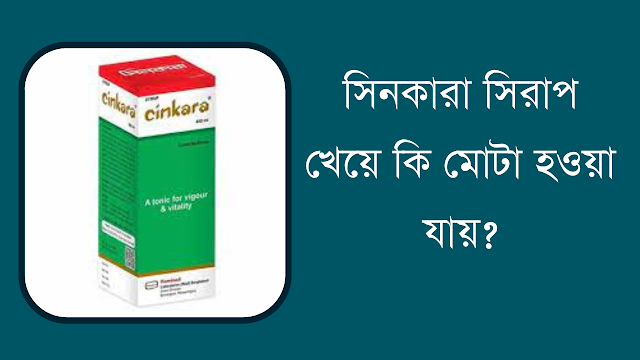How to Start Blogging in 2025
Whether you want to share your passions, grow a personal brand, or turn blogging into a full-time income, this step-by-step guide will help you start strong—without the tech headaches or fluff.
Step 1: Choose Your Blog Niche
Before you launch, get clear on your blog’s purpose.
Ask yourself:
-
What do I love talking or writing about?
-
Can I help people solve a problem?
-
Is this a topic I can create lots of content around?
Popular blog niches:
-
Health & fitness
-
Food & recipes
-
Personal development
-
Travel
-
Parenting
-
Tech & gadgets
-
Beauty & fashion
-
Finance
-
DIY & crafts
-
Career & freelancing
💡 Pro Tip: Focus on one niche at first. You can always branch out later.
Step 2: Pick a Blogging Platform
There are several free and paid platforms to choose from.
Best beginner-friendly options:
-
WordPress.org – Most flexible (you’ll need hosting)
-
Blogger – Simple and free (owned by Google)
-
Wix – Drag-and-drop, beginner-friendly
-
Medium – Focuses on writing, not design
-
Substack – Ideal for newsletter-style blogging
🛠️ For full control and long-term growth, go with WordPress.org + a reliable host like Bluehost or SiteGround.
Step 3: Get a Domain & Hosting
If you're going the self-hosted WordPress route, you’ll need:
-
A domain name (yourblogname.com)
-
A web hosting provider (a place where your blog lives online)
Many hosting companies offer free domain registration with their plans.
Step 4: Choose a Blog Theme or Design
Your blog doesn’t need to look fancy to succeed. Just keep it:
-
Clean
-
Easy to navigate
-
Mobile-friendly
-
Fast-loading
Use free or premium themes from WordPress, Themeforest, or Kadence.
🎨 Choose fonts and colors that match your vibe, but don’t overthink it.
Step 5: Write & Publish Your First Blog Post
Start with something simple like:
-
A personal intro
-
“Why I Started This Blog”
-
A helpful guide or list post
Basic structure for a blog post:
-
A catchy title
-
An engaging intro
-
Clear subheadings (H2s & H3s)
-
Bullet points or lists
-
A call to action at the end
Step 6: Promote Your Blog
Don’t wait for people to “find” your blog—get it out there.
Ways to promote your blog:
-
Share posts on social media
-
Join blogging groups or forums
-
Add your blog to Pinterest
-
Comment on other blogs
-
Use basic SEO to boost your visibility on Google
Step 7: Keep Learning & Stay Consistent
You don’t need to blog every day—but you do need to be consistent.
Start with 1–2 posts per week. Track what works, improve your writing, and never stop learning.
Great tools to help:
-
Grammarly (for writing)
-
Canva (for blog graphics)
-
Google Analytics (to track your traffic)
-
Ubersuggest / Semrush (for SEO insights)
Final Thoughts
Starting a blog doesn’t have to be complicated. With the right mindset and a solid plan, you can build something amazing—whether you’re blogging for fun, profit, or both.







